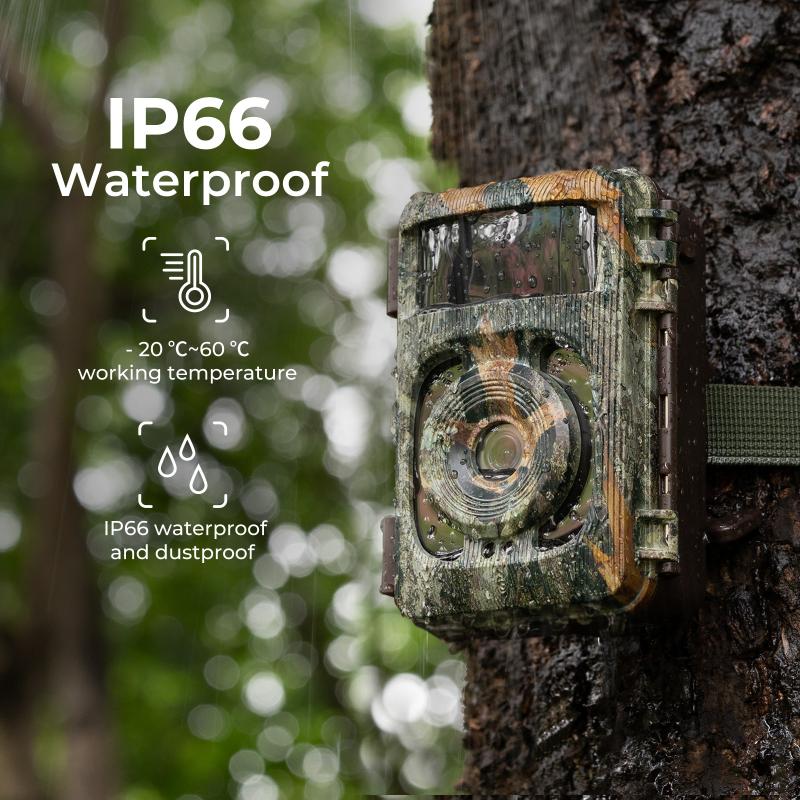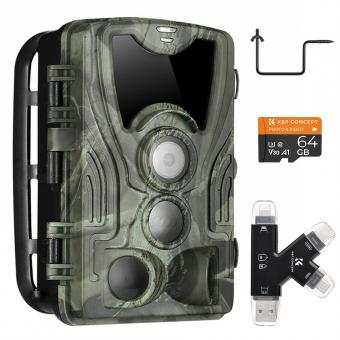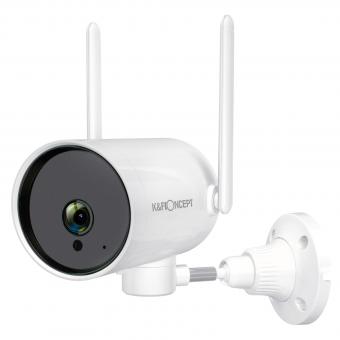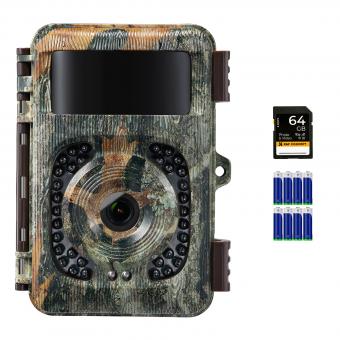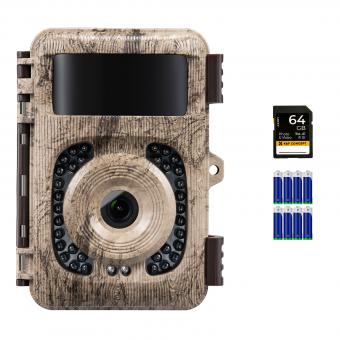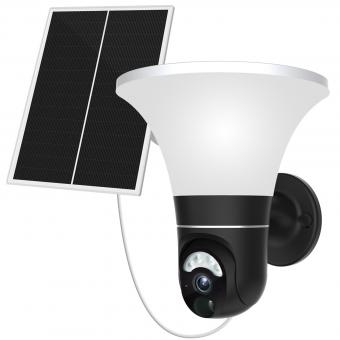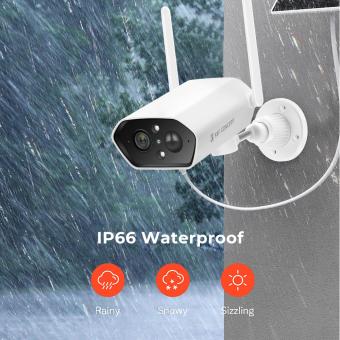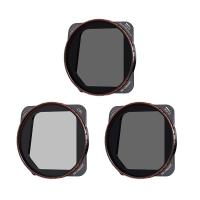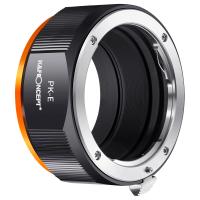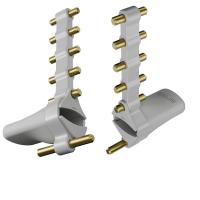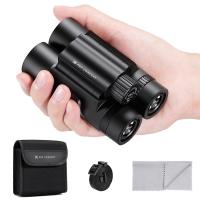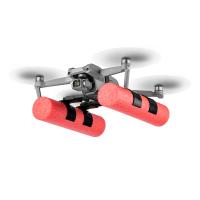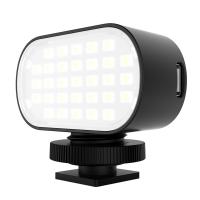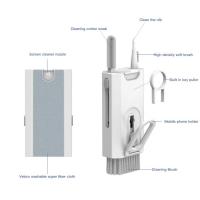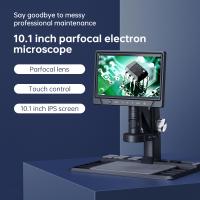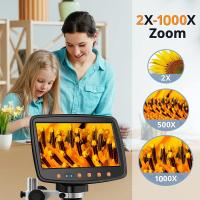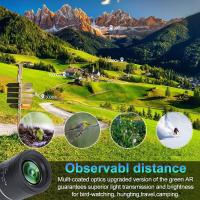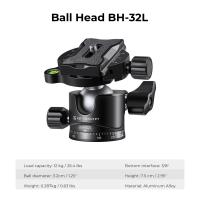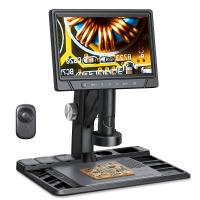Why Do You Need Wifi On Camera ?
WiFi on a camera allows for wireless connectivity and enables various functionalities. It allows users to transfer photos and videos directly from the camera to other devices such as smartphones, tablets, or computers without the need for cables or memory cards. This makes it convenient for sharing images on social media platforms or backing up files.
WiFi on a camera also enables remote control functionality, allowing users to control the camera settings, focus, and shutter release from a smartphone or tablet. This can be particularly useful for self-portraits, group shots, or capturing wildlife without disturbing the subject.
Additionally, WiFi connectivity on cameras often provides the ability to download firmware updates, which can enhance the camera's performance, add new features, or fix any bugs or issues.
Overall, WiFi on a camera offers greater flexibility, convenience, and creative possibilities for photographers.
1、 Wireless Image Transfer: Streamlining photo sharing and backup processes.
Wireless Image Transfer: Streamlining photo sharing and backup processes.
In today's digital age, the need for wireless connectivity has become increasingly important, even in our cameras. The integration of WiFi capabilities in cameras has revolutionized the way we capture, share, and backup our photos.
One of the primary reasons why WiFi is essential in cameras is the convenience it offers in transferring images wirelessly. Gone are the days of cumbersome cables and memory card swapping. With WiFi, photographers can instantly transfer their photos to their smartphones, tablets, or computers, allowing for immediate sharing on social media platforms or cloud storage. This streamlined process saves time and effort, enabling photographers to quickly showcase their work to a wider audience.
Moreover, WiFi connectivity also provides a reliable backup solution. By wirelessly transferring images to a computer or cloud storage, photographers can ensure that their precious memories are safely stored and easily accessible. This eliminates the risk of losing photos due to memory card corruption or accidental deletion. Additionally, photographers can free up valuable storage space on their cameras by transferring images to external devices or cloud storage, allowing them to continue shooting without interruption.
Furthermore, WiFi-enabled cameras often come with additional features that enhance the overall photography experience. For instance, some cameras allow remote control via a smartphone or tablet, enabling photographers to adjust settings, compose shots, and trigger the shutter remotely. This feature is particularly useful for self-portraits, group shots, or wildlife photography, where the photographer needs to be away from the camera.
In conclusion, WiFi connectivity in cameras has become a necessity in today's digital world. It simplifies the process of sharing and backing up photos, provides added convenience, and enhances the overall photography experience. As technology continues to advance, we can expect further innovations in wireless image transfer, making photography even more accessible and enjoyable for all.
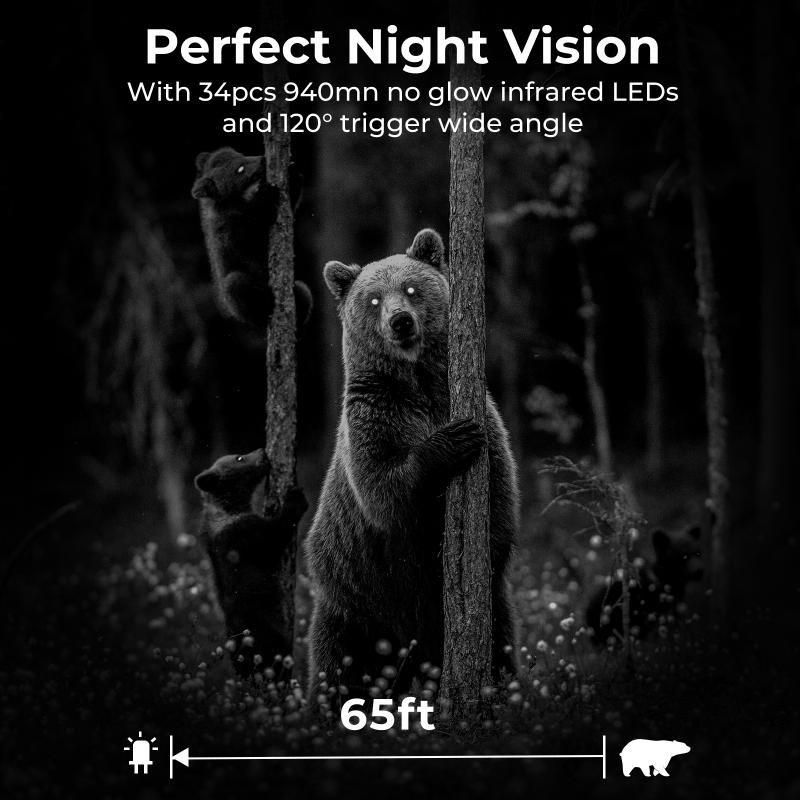
2、 Remote Control: Enabling remote operation and settings adjustment.
Remote Control: Enabling remote operation and settings adjustment.
Having WiFi on a camera allows for remote control functionality, which is a valuable feature for photographers and videographers. With WiFi connectivity, users can control their camera settings, adjust focus, and even trigger the shutter remotely from their smartphone or tablet. This feature is particularly useful in situations where the camera is mounted on a tripod or placed in hard-to-reach locations.
Remote control functionality offers several advantages. Firstly, it allows photographers to be more creative and experimental with their shots. They can easily set up their camera in unique angles or positions and control it remotely without having to physically touch the camera. This is especially beneficial for wildlife photographers who want to capture animals in their natural habitat without disturbing them.
Additionally, remote control functionality enables photographers to be part of the shot themselves. They can set up their camera, adjust the settings, and then join the frame, triggering the shutter remotely. This is particularly useful for self-portraits or group shots where the photographer wants to be included.
Furthermore, WiFi connectivity on a camera allows for instant image transfer to a smartphone or tablet. This feature is advantageous for on-the-go photographers who need to quickly share their images on social media or with clients. It eliminates the need for cumbersome cables or memory card transfers, streamlining the workflow and saving time.
In conclusion, WiFi on a camera provides remote control functionality, enabling photographers to operate their camera settings and trigger the shutter remotely. This feature enhances creativity, allows for self-portraits or group shots, and facilitates instant image transfer. As technology advances, WiFi connectivity is becoming an essential feature for photographers, offering convenience and flexibility in their shooting experience.
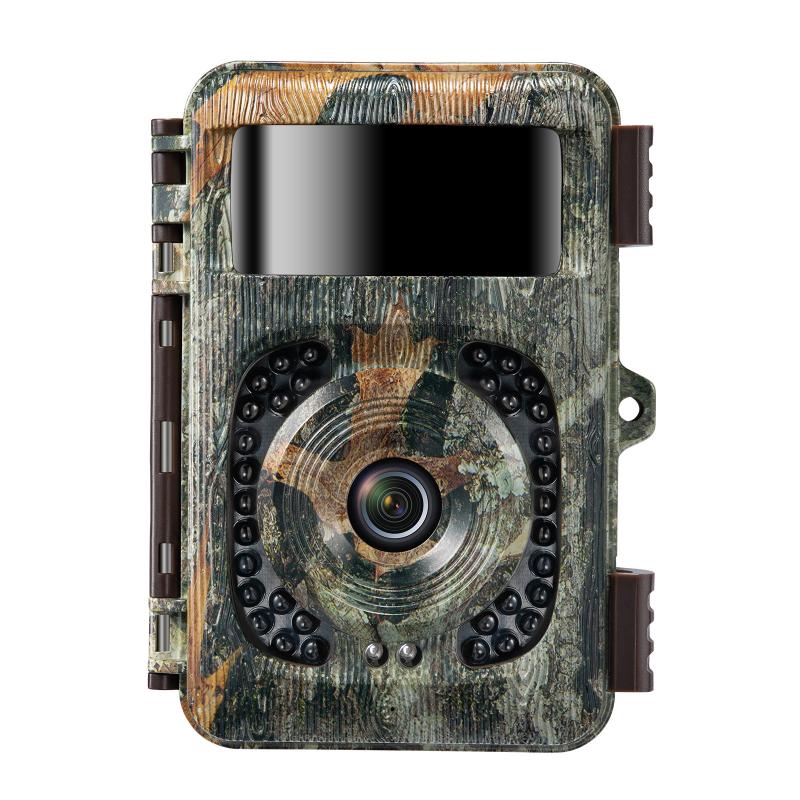
3、 Instant Online Connectivity: Facilitating real-time social media sharing.
Instant Online Connectivity: Facilitating real-time social media sharing.
In today's digital age, the need for instant online connectivity has become increasingly important. With the rise of social media platforms, people are constantly looking for ways to share their experiences and moments with their friends, family, and followers. This is where the integration of WiFi in cameras becomes crucial.
The ability to connect a camera to WiFi allows users to instantly transfer their photos and videos to their smartphones or other devices. This eliminates the need for cumbersome cables or memory cards, making the process of sharing content much more convenient and efficient. With just a few taps on a smartphone, users can upload their photos to social media platforms like Instagram, Facebook, or Twitter, allowing their followers to experience their adventures in real-time.
Furthermore, WiFi connectivity on cameras enables users to take advantage of various online services and features. For example, some cameras offer the ability to geotag photos, allowing users to add location information to their images. This can be particularly useful for travel photographers or those who want to document their journeys. Additionally, WiFi connectivity can also provide access to cloud storage services, allowing users to back up their photos and videos remotely, ensuring that their precious memories are safe and secure.
From a marketing perspective, WiFi connectivity on cameras can also be beneficial for businesses and influencers. It allows them to instantly share high-quality content with their audience, increasing engagement and visibility. This can be particularly valuable for brands looking to promote their products or services through visual storytelling.
In conclusion, the integration of WiFi in cameras is essential in today's fast-paced, connected world. It enables instant online connectivity, facilitating real-time social media sharing and providing users with a seamless and convenient way to share their experiences with others.
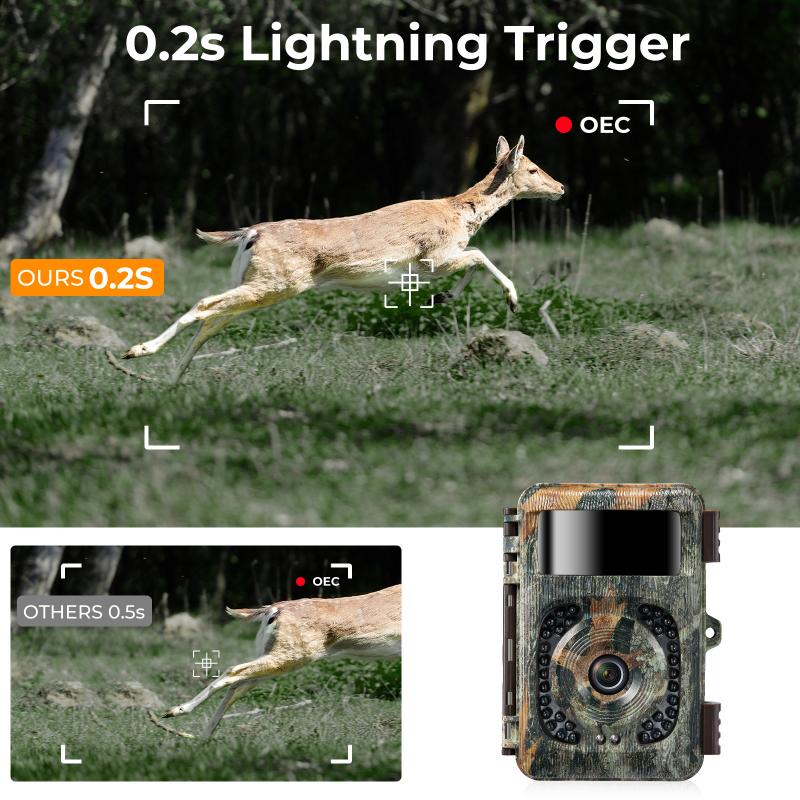
4、 Firmware Updates: Allowing for easy software updates and improvements.
Firmware Updates: Allowing for easy software updates and improvements.
In today's fast-paced technological world, firmware updates have become an essential aspect of any electronic device, including cameras. Firmware refers to the software that runs on the camera's internal system, controlling its various functions and features. Just like any other software, firmware requires periodic updates to enhance performance, fix bugs, and introduce new features. This is where the need for WiFi on a camera comes into play.
Having WiFi connectivity on a camera enables seamless and convenient firmware updates. Traditionally, firmware updates required connecting the camera to a computer via a USB cable, which could be time-consuming and cumbersome. With WiFi, however, the process becomes much simpler and more efficient.
By connecting the camera to a WiFi network, users can easily download and install firmware updates directly onto the device. This eliminates the need for additional cables and allows for updates to be performed on the go, without the need for a computer. This convenience is particularly beneficial for professional photographers who may be constantly on the move or working in remote locations.
Moreover, WiFi connectivity also enables manufacturers to release updates more frequently, ensuring that users have access to the latest features and improvements. With the ability to push updates over the air, camera manufacturers can respond to user feedback and address any issues promptly. This not only enhances the overall user experience but also extends the lifespan of the camera by keeping it up to date with the latest advancements.
In addition to firmware updates, WiFi on a camera also opens up a world of possibilities for wireless file transfer, remote control, and even live streaming. These features allow photographers to instantly share their work, control their camera from a distance, or even broadcast events in real-time.
In conclusion, WiFi connectivity on a camera is crucial for easy firmware updates and improvements. It simplifies the update process, allows for more frequent updates, and enhances the overall user experience. As technology continues to evolve, WiFi-enabled cameras are becoming the norm, providing photographers with greater flexibility and convenience in their workflow.
